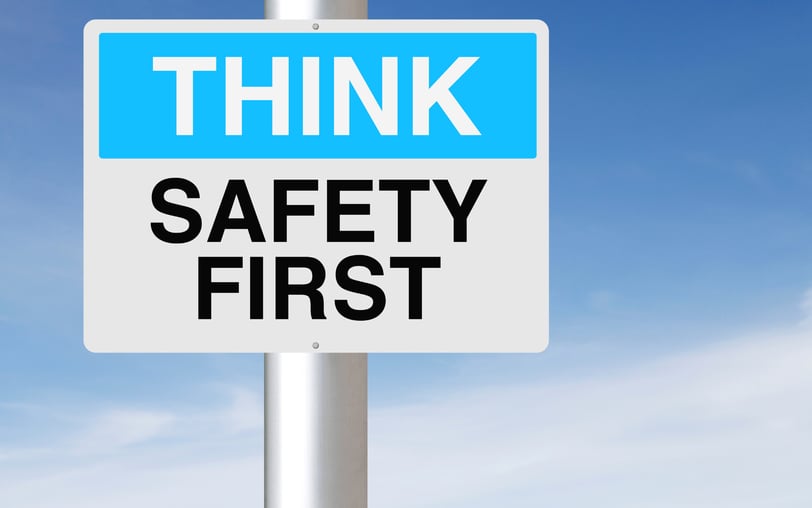Safeguarding Your Wellness Journey Through Cold Therapy
This guide dives into the essential safety considerations for engaging in cold therapy, emphasizing the importance of understanding one's health conditions, the value of gradual adaptation, and the necessity of listening to the body's signals. It offers practical advice for safely incorporating cold exposure into wellness routines, highlighting the benefits of cold therapy when approached with caution and care. By building resilience and monitoring bodily responses, individuals can enjoy the invigorating effects of cold therapy while ensuring their health and safety.
RB
2/12/20242 min read


With the rising tide of interest in cold therapy, from ice baths to cold showers, its touted benefits for physical and mental health have captured the imagination of wellness enthusiasts worldwide. These practices promise improved mental clarity, enhanced recovery times, bolstered immune response, and even increased fat burning. However, the icy embrace of cold therapy is not without its risks. Let’s explore how you can safely incorporate this invigorating practice into your wellness routine, ensuring you reap the benefits without putting your health on thin ice.
Recognizing Your Health Landscape
Embarking on a cold therapy journey begins with a candid assessment of your health. Certain conditions, particularly those affecting the cardiovascular system or involving circulation issues like Raynaud's disease, can turn cold therapy from beneficial to detrimental. The shock of cold exposure places significant stress on the body, potentially aggravating existing conditions. The mantra here is "know before you go"—consulting with a healthcare provider can provide you with a tailored approach that respects your body’s limits.
The Path to Cold Resilience: Gradual Adaptation
Rome wasn’t built in a day, and neither is cold tolerance. The secret to building a resilient response to cold exposure lies in gradual adaptation. Initiating your cold therapy practice with short exposures to mildly cold temperatures helps your body acclimate without overwhelming it. Over time, as your comfort with the cold increases, you can gradually decrease the temperature and extend the duration of exposure. This patient approach not only minimizes the risk of shock and potential injury but also enhances your overall experience and the benefits received from cold therapy.
Listening and Responding to Your Body’s Signals
Tuning into your body’s responses during and after cold exposure is crucial for a safe cold therapy practice. Symptoms such as excessive shivering, numbness, or pain are clear distress signals. They serve as important reminders that while cold therapy can be beneficial, it is not a no-pain-no-gain scenario. Learning to differentiate between the discomfort that comes with adaptation and signs of genuine distress is key. If your body protests, it’s time to warm up and reassess your approach. Remember, cold therapy is a journey of wellness, not an endurance test.
Building a Sustainable Cold Therapy Practice
Integrating cold therapy into your life is a commitment to enhancing your well-being, but it demands a sustainable approach. Here are additional tips to ensure your cold therapy practice enriches your health without compromising safety:
Warm Up Properly: Engage in light exercise or movement to gently increase your heart rate and circulation before any cold exposure. This preparation can help mitigate the shock to your system.
Stay Hydrated: Cold therapy can be dehydrating. Ensure you're well-hydrated before diving into the cold to support your body's thermoregulation and recovery processes.
Mind Over Matter: Cultivate a mindset that embraces the challenge of cold therapy while being mindful of your limits. Mental preparation can significantly enhance your physical response to the cold.
Community and Support: Consider joining a community or finding a cold therapy buddy. Sharing experiences and tips can provide valuable support, encouragement, and safety insights.
Cold therapy offers a world of benefits, from enhancing physical recovery to fortifying mental resilience. However, its power comes with a responsibility to practice safely. By understanding your health conditions, embracing gradual adaptation, listening to your body, and implementing a sustainable approach, you can safely navigate the icy waters of cold therapy. As you embark on this chilling journey, remember that the ultimate goal is not just to endure the cold but to thrive in it, enhancing your wellness with every frosty breath.
